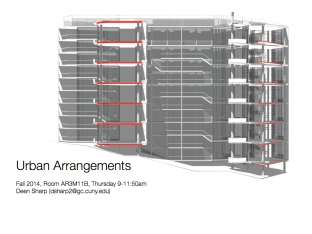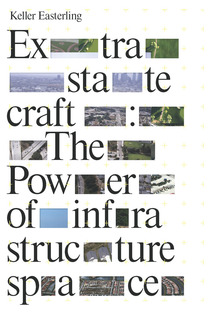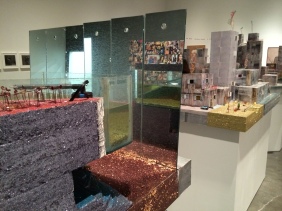 Scales of Revolt: Within and Beyond the Arab Spring was an exploratory essay that I wrote for the volume FREE: Architecture on the Loose edited by E. Sean Bailey and Erandi de Silva. The essay I wrote attempted to link the Arab uprisings (or Arab Spring, I prefer uprisings) to contemporary academic debates on geographical scale.
Scales of Revolt: Within and Beyond the Arab Spring was an exploratory essay that I wrote for the volume FREE: Architecture on the Loose edited by E. Sean Bailey and Erandi de Silva. The essay I wrote attempted to link the Arab uprisings (or Arab Spring, I prefer uprisings) to contemporary academic debates on geographical scale.
The essay focuses on the self-immolation of Muhammed Bouazizi that sparked the Arab uprisings and – given that the Arab uprisings influence on movements such as Occupy Wall Street – global revolt and how this event can be framed as a productive entry point to think about issues of geographical scale. Specifically, the idea that there is a nested hierarchy of scale that goes from the body, to the nation and the finally to the global (like a Russian doll) is problematic when confronted by an event like Bouazizi’s protest suicide. Simply, how could a self-immolation that occurred at the scale of the body produce such a scale of revolt? But this question led to a more complicated one of how the body is not an isolated unit and it is what happens between bodies that can be most important. Can scale cope with the in-betweeness of social life? I don’t think it is a question I fully answered, and this may be my own limits, but it could also be due to the limits of geographical scale. Can we really foreground conclusions over what is big and what is small?
Scale is a critical concept in the architectural profession and one that some have started to think about seriously. Rem Koolhaas of course published S,M,L, XL and has an intelligent approach to questions of scale.
In addition to my essay, FREE contains a great collection of essays and interviews, here is the blurb:
Introducing ‘FREE’
There is implicit conflict in the word ‘free’. While culturally we celebrate the infinite opportunities afforded by the ‘freedom to’, the term also alludes to emancipation, a break from a captive state, or a ‘freedom from’. ‘Free’ is, at its core, an architectural concept. Architecture is a discipline directly engaged with shaping enclosure, of erecting and toppling barriers or—more explicitly—of extending and limiting ‘freedoms’.
Spatial interventions have reorganized much of the material and immaterial world. These actions are evident in the revolutionary public protests of the Arab Spring, the rehabilitation and adoption of land in Detroit and the invention and immanence of digital space. These types of reconfigurations offer a means of breaking with the past to establish new paradigms of operation and actualization. On the other hand, a lack of intervention can also prove to be equally liberating by allowing existing conditions to flourish, whether in nature or an alternate wilderness.
The book has recently received a great review by Domus:
“Free? What do you mean I’m free? I don’t feel free; if anything I feel the opposite.” This condition, what we could call the ‘abyss of freedom’ [1] is responded to in a variety of ways. Authors such as Bernd Upmeyer, Deen Sharp and Corbin Keech individually approach this as a task of making order out of chaos, largely by way of diagnosis and prescription of a well-reasoned theoretical framework.







